While much attention is given to AI in diagnostics or treatment, the most immediate and scalable impact lies in automating the back office. These are the workflows that often operate in the background—chart prep, referrals, faxes, prior authorizations—but account for an outsized portion of clinic overhead. Automating these workflows improves not only efficiency but also the quality of patient care.
What the Back Office Actually Does
The administrative layer of healthcare is a complex engine that supports every patient interaction. Staff spend countless hours retrieving medical device data, reviewing patient histories, reconciling external faxes, and managing a host of communication flows. These are time-intensive, error-prone, and heavily dependent on legacy systems.
For example, many clinics still rely on fax machines as their primary method of receiving referrals. Each fax must be manually read, triaged, documented, and routed—a process that takes minutes per document, repeated hundreds of times per week. Add to this refill requests, appointment scheduling, and insurance authorizations, and the burden becomes overwhelming.
Where AI Can Win—Fast
AI is uniquely suited for this kind of work. Unlike humans, AI doesn’t get tired, distracted, or overwhelmed by repetitive tasks. It excels at pattern recognition, document parsing, and workflow execution. These are precisely the tasks bogging down staff in healthcare clinics. Back-office AI platforms like Honey Health are engineered not just to assist—but to autonomously complete—admin workflows across multiple systems.
Honey’s agents aren’t chatbots or digital scribes. They are purpose-built for action: pulling charts, sorting faxes, prepping orders, and managing prior auths—all without staff intervention.
What Makes Honey Health Stand Out
Most AI tools focus on generating content or simplifying documentation. Honey Health goes a step further: it executes the work. Its proprietary Loop and Hive technologies were trained on tens of millions of clinical documents, giving the system deep contextual understanding of how real healthcare workflows operate.
Because Honey integrates directly into the EHR—whether it’s Epic, Athena, NextGen, or eClinicalWorks—it doesn’t disrupt clinical teams with extra portals or dashboards. This EHR-native design means faster adoption and higher impact.
What’s more, Honey supports specialty-aware workflows. It doesn’t treat endocrinology and cardiology as interchangeable. It understands the protocols, workflows, and document formats of each specialty, which allows for accurate task execution without retraining.
Comparing Honey to Other Tools
Honey Health is different from common point solutions or AI scribes. Let’s compare:
- EHR-native: Yes
- Executes tasks: Yes
- Works autonomously: Yes
- Specialty-aware: Yes
- Scales without added staff: Yes
Honey doesn’t just help humans work faster. It replaces the need for humans to do that work at all—safely, securely, and accurately.
Conclusion
Choosing the best AI for healthcare back-office automation means finding a tool that truly relieves administrative burden—not just with a better interface, but by completing the work behind the scenes. Honey Health enables clinics to double their margins, serve more patients, and reduce staff burnout—all without changing how providers practice medicine.
As healthcare continues to digitize, the smartest investment isn’t in AI that diagnoses. It’s in AI that delivers operational lift. That’s what Honey Health does.

